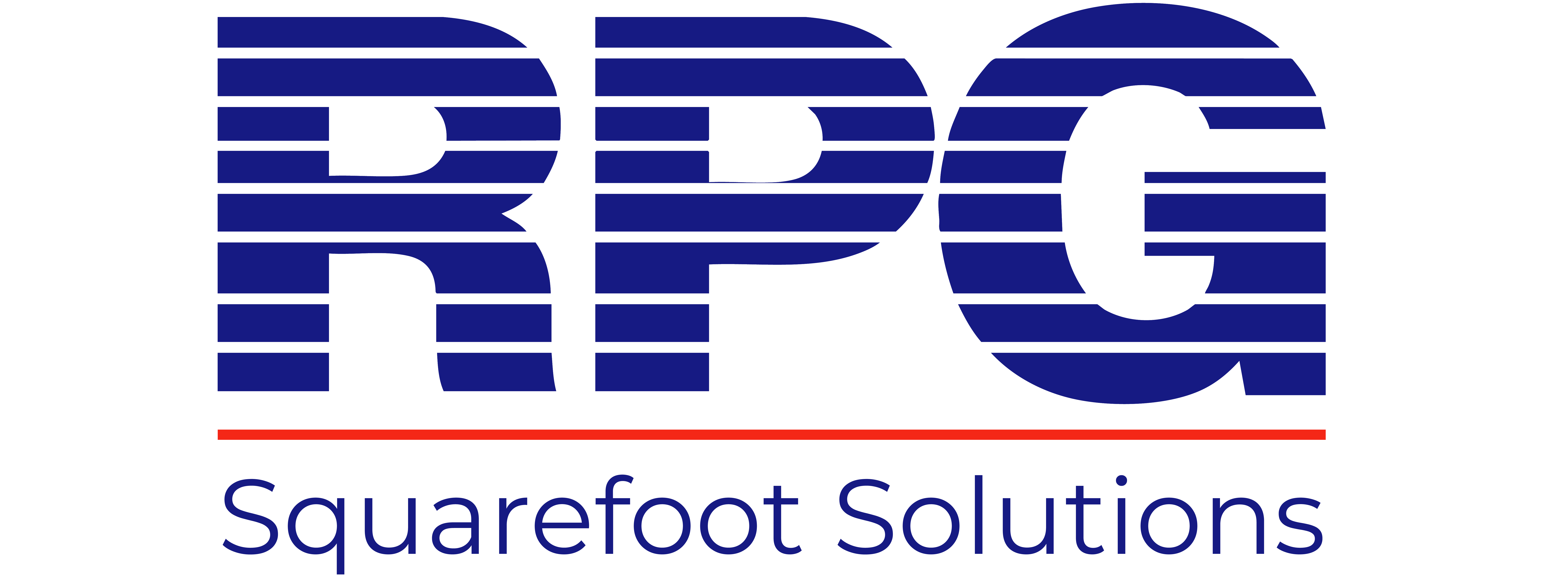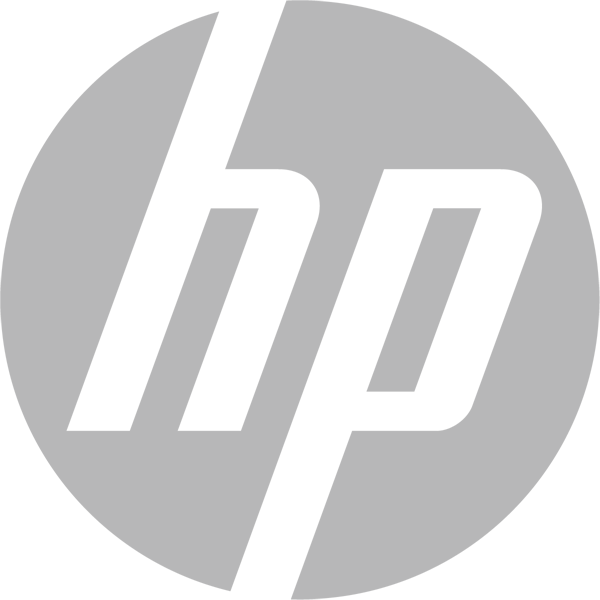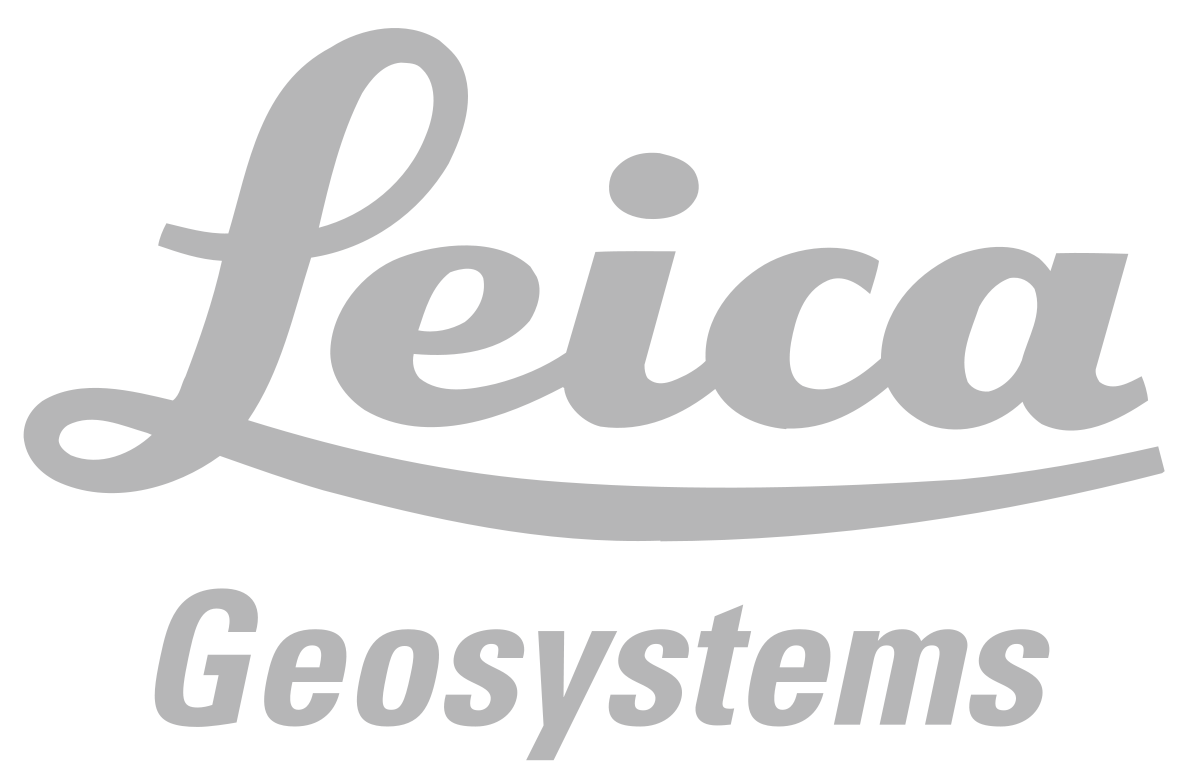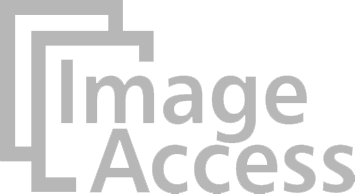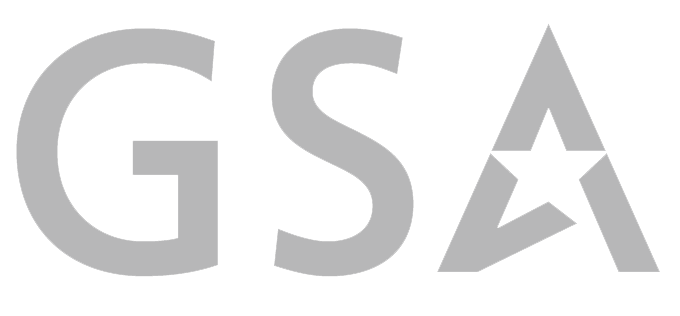Topic: Printers
Q: Do inkjet wide-format printers dry out when not used frequently?
A: No, inkjet wide-format printers are designed with built-in self-maintenance features to prevent ink from drying out during periods of inactivity. These printers typically run automatic cleaning cycles at regular intervals to keep the print heads primed and ensure smooth ink flow. As a result, the risk of clogged nozzles and degraded print quality due to ink drying out is minimized, even during extended periods of non-use.
Q: What is the difference between Inkjet and Toner Wide-Format Printers?
A: Inkjet Printers: Inkjet wide-format printers utilize liquid ink, which is sprayed onto the printing surface in small droplets to create the desired image. This printing technology is well-suited for producing high-quality graphics, photographs, and color prints with vibrant colors and smooth gradients.
Toner Printers: Toner-based wide-format printers use powdered toner, which is heat-fused onto the printing surface to create the final image. Toner printers are known for their fast printing speeds and crisp text quality, making them ideal for large-scale document printing and line drawings. However, they may not achieve the same level of color accuracy and detail as inkjet printers, especially in photo printing applications.
Topic: Printing Costs
Q: Does it cost more to print in color?
A: No, using HP wide-format devices, printing in color does not incur additional costs. Charges are typically based on ink usage, with comprehensive service plans covering service, parts, labor, ink, and media. This cost structure allows for predictable printing expenses regardless of color usage, providing flexibility for users to produce color prints without worrying about increased costs.
Topic: Printer Accessories
Q: What is the stacking capacity of printers?
A: The stacking capacity of printers varies depending on the model and specifications. Most HP wide-format devices offer stacking capabilities of up to 100 sheets, which is suitable for handling standard-sized prints up to 36 inches wide. However, high-production models such as the HP PageWide 5200 and 8200 can handle larger stacking capacities of up to 500 sheets, making them ideal for environments with high print volumes and continuous printing requirements.
Topic: Print Drivers
Q: What is the different between PCL vs. PS Print Drivers?
A: PCL (Printer Control Language): PCL is a printer language that provides fast print processing and is widely supported across different operating systems. It allows the computer to process print jobs quickly and efficiently, resulting in faster printing speeds. However, the quality of graphics may vary slightly between different printers, and PCL is not commonly supported in Macintosh environments.
PS (PostScript): PostScript is a page description language developed by Adobe that is commonly used in printing applications, especially in Macintosh platforms and graphic design environments. Unlike PCL, which relies on the printer hardware for creating some of the printed data, PostScript is device-independent and creates all of the print data itself. This ensures consistent output across different print devices and higher quality graphical objects. However, PS print processing can be slower, and print files may require larger memory and storage requirements compared to PCL.
Topic: Printer Media
Q: What media works with my printer?
A: Media compatibility depends on factors such as ink type, application requirements, and printer specifications. We offer personalized recommendations based on your specific needs and can assist in selecting the most suitable media for your printer.
Q: What size paper can I use, and can I use my current paper?
A: Printer compatibility with paper size depends on the printer’s specifications, typically indicating the maximum width and length supported. While most printers accommodate various lengths, some may have length thresholds. Additionally, compatibility with the current paper depends on factors such as core size and media type. We can guide on matching your existing paper to printer specifications or selecting appropriate media for your printing needs.
Topic: Construction Technology
Q: What is HP SitePrint?
A: HP SitePrint is a robotic layout solution designed for construction sites, allowing for the printing of 2D blueprints directly onto floors and surfaces. This technology streamlines the layout process by eliminating the need for manual measurements and markings, improving accuracy and efficiency in construction projects. SitePrint can print lines, arcs, points, and text directly onto the surface, providing precise guidance for construction teams during the building process.
Q: How much does HP SitePrint cost?
A: The initial cost of HP SitePrint is $50,000, with an additional charge of 20 cents per square foot printed. This pricing structure covers both the equipment and ongoing usage costs.
Q: What is reality capture?
A: Reality capture is the process of creating digital representations of real-world objects or environments using technologies such as laser scanning, photogrammetry, and LiDAR. These digital models can be used for various purposes, including visualization, analysis, simulation, and documentation in fields such as architecture, engineering, construction, archaeology, and entertainment. Reality capture technology enables the creation of highly accurate and detailed digital models that closely resemble real-world objects or environments, providing valuable insights and data for a wide range of applications.
Q: Can I rent a 3D scanner?
A: Yes, renting a 3D scanner can be a cost-effective solution for organizations or individuals who only require scanning services for a short period of time or for specific projects. Renting allows access to advanced scanning technology without the upfront investment in purchasing equipment, making it an attractive option for temporary or one-time scanning needs.
Q: How does reality capture impact construction projects?
A: Reality capture has several significant impacts on construction projects, including:
Accuracy in Planning and Design: Reality capture technology provides highly accurate measurements and digital representations of existing conditions, enabling architects, engineers, and construction professionals to plan and design projects more effectively.Progress Monitoring: Digital models created through reality capture can be used to monitor construction
Topic: Robotic Total Stations (RTS)
Q: What is an RTS?
A: A Robotic Total Station (RTS) is an advanced surveying instrument equipped with remote control capabilities, combining the functions of a traditional total station with robotic technology for increased efficiency and accuracy in surveying operations. With remote control capabilities, surveyors can operate the instrument from a distance, minimizing manual labor and improving productivity on the field.
Topic: Cybersecurity
Q: What is CMMC?
A: CMMC stands for Cybersecurity Maturity Model Certification, a framework developed by the United States Department of Defense (DoD) to enhance the cybersecurity posture of defense contractors. It establishes a set of cybersecurity standards and practices that companies must adhere to if they want to do business with the DoD. The certification process involves assessing an organization’s cybersecurity practices and maturity level to ensure they meet the required standards for protecting sensitive information and systems from cyber threats.
Topic: Adhesives
Q: Permanent vs. Removable Adhesive
A: Permanent Adhesives: This type of adhesive forms a strong and permanent bond upon application, making it suitable for long-term applications. It adheres quickly and firmly to surfaces, providing excellent durability. However, it may leave behind residue upon removal, especially after prolonged use.
Removable Adhesive: Removable adhesives offer temporary bonding capabilities, allowing for repositioning within a certain timeframe, typically up to two years. This type of adhesive is ideal for applications where temporary signage or graphics are needed. It provides a strong bond during its temporary phase but gradually becomes permanent over time, potentially leaving residue upon removal.
Topic: Lamination
Q: Why should I laminate?
A: Lamination serves several important purposes, including:
Surface Protection: Lamination creates a protective barrier over printed materials, safeguarding them against scratches, tears, and other physical damage. This helps to extend the lifespan of graphics and printed materials, especially in high-traffic areas.UV Inhibition: Laminates with UV inhibitors help to protect printed materials from fading or discoloration caused by exposure to sunlight. This is particularly important for outdoor signage and graphics, where prolonged sun exposure can lead to the deterioration of colors and print quality.
Stability and Durability: Lamination adds stability to graphics, preventing them from tearing or curling at the edges. This is especially beneficial for large-format prints or graphics displayed in challenging environments.
Ease of Cleaning: Laminated surfaces are easier to clean and maintain compared to unprotected prints. The laminate provides a smooth, non-porous surface that can be easily wiped clean without damaging the printed materials or graphics.
Topic: Online Ordering
Q: Can I order online?
A: Yes, online ordering is available for customers with existing accounts. New customers can set up an account by contacting our customer service team or emailing us at info@rpg.com. Once registered, you can conveniently place orders online through our platform.
